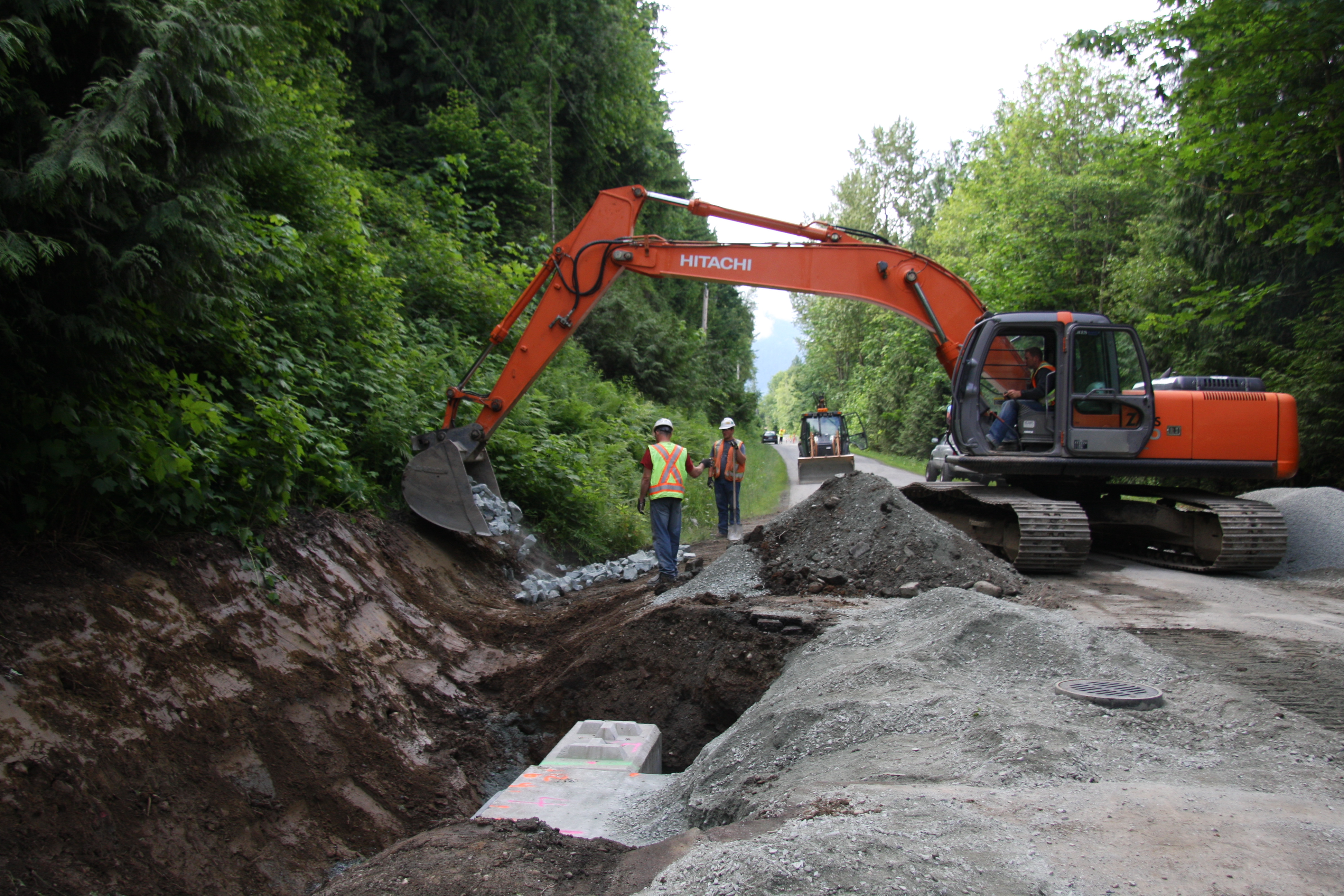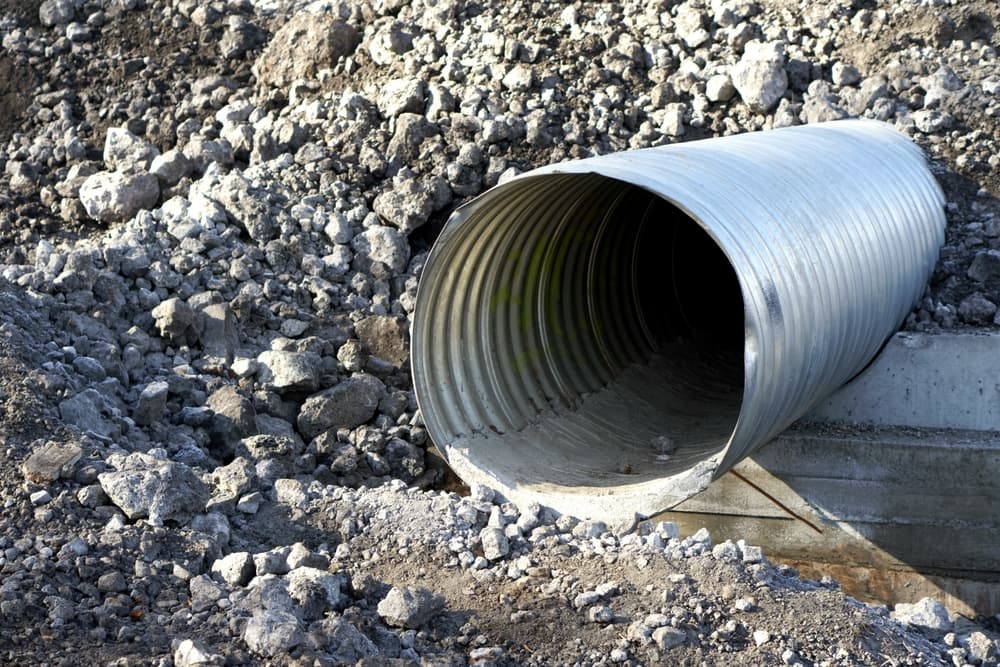Accuracy Pad Construction for Steady Foundations
Accuracy Pad Construction for Steady Foundations
Blog Article
Culvert Installation Made Easy: Step-by-Step Guide for Success
Mounting culverts may look like an uncomplicated task, but ensuring a successful result requires cautious planning and implementation. From choosing the ideal culvert size to integrating correct drain steps, each step in the installation procedure plays a vital function in the performance and longevity of the culvert system. By adhering to a methodical method and focusing on vital information, the installment can continue efficiently, reducing potential problems down the line. Keep tuned to discover the necessary steps and considerations that can make culvert setup a seamless and successful undertaking.
Choosing the Right Culvert Dimension
Selecting the ideal culvert dimension is critical for ensuring reliable water flow and architectural integrity in culvert installment jobs - Pad Construction. The size of the culvert straight affects the flow capacity of water with the framework. A culvert that is too small can result in flooding and overflow, while one that is too large might result in reduced water velocity, possibly creating sediment accumulation and obstructions
To identify the ideal culvert dimension, aspects such as the watershed area, peak circulation rates, and hydraulic efficiency demand to be thoroughly taken into consideration. Computations based upon these specifications assist in selecting a dimension that can appropriately deal with the anticipated water volume while lessening the danger of obstructions and architectural failing.
It is necessary to consult engineering standards and standards to ensure that the chosen culvert dimension fulfills the task demands and local regulations (Pad Construction). By picking the ideal culvert dimension, task supervisors can enhance water flow, protect against potential problems, and improve the overall performance and durability of the culvert installation
Preparing the Installation Site
Reliable culvert installation demands thorough preparation of the installment site to guarantee optimum structural assistance and performance. Before commencing the setup process, it is crucial to remove the website of any debris, plants, or blockages that might hinder the culvert's placement. Making sure a degree structure is necessary for the proper positioning and stability of the culvert. This may involve rating the site to develop a smooth, even surface that can adequately support the weight of the culvert and any type of anticipated lots. In addition, appropriate compaction of the soil beneath the culvert is essential to stop clearing up or moving in time.
In addition, it is essential to think about factors such as soil composition, groundwater levels, and environmental influences when preparing the setup site. Performing an extensive website evaluation can assist identify any type of possible obstacles or risks that Related Site may influence the culvert's performance. By putting in the time to prepare the setup site appropriately, you can help ensure an effective culvert installation that satisfies architectural demands and guarantees lasting functionality.
Positioning the Culvert Properly

The grade at which the culvert is put is vital for keeping a proper slope for water this post circulation. A progressive incline helps protect against merging and promotes reliable drain. In addition, the culvert should be oriented properly to ensure that the inlet and electrical outlet are in the correct locations. This alignment is vital for the culvert to operate properly in handling water circulation.
Backfilling and Compacting the Soil
Correct backfilling and compaction of the soil around the culvert is important to ensure security and prevent possible concerns in the future. As soon as the culvert is correctly put, the next critical step is to backfill the location around it with suitable material. The backfill material must be without rocks, particles, and raw material to prevent damage to the culvert. It is recommended to use granular material such as sand or gravel for backfilling, as it offers excellent drain and compaction properties.
Compaction helps in decreasing the opportunities of settlement and ensures consistent support around the culvert. It is crucial to portable the dirt uniformly on all sides of the culvert to maintain its structural stability.
Correct backfilling and compaction not just offer security to the culvert but also aid in preventing dirt disintegration and maintaining the longevity of the culvert system.
Ensuring Proper Drain Assimilation
Incorporating efficient water drainage services plays a critical duty in the total capability and long life of culvert installments. Proper drain integration is necessary for handling water flow, protecting against disintegration, and making sure the structural integrity here of the culvert system. To accomplish this, it is crucial to make a comprehensive water drainage plan that thinks about elements such as the volume of water expected, the topography of the area, and the kind of dirt present.

Additionally, integrating functions like erosion control actions, such as riprap or greenery, can better enhance the performance of the drainage system. By very carefully planning and executing these drain remedies, culvert installments can work effectively and stand up to the examination of time.
Conclusion
Finally, appropriate culvert installation is vital for preserving effective drain systems. By picking the ideal culvert size, preparing the setup site, placing the culvert correctly, backfilling and condensing the dirt, and making sure appropriate water drainage integration, success can be accomplished. Adhering to these steps will certainly help guarantee the durability and efficiency of the culvert, ultimately adding to the total success of the water drainage system.
Report this page